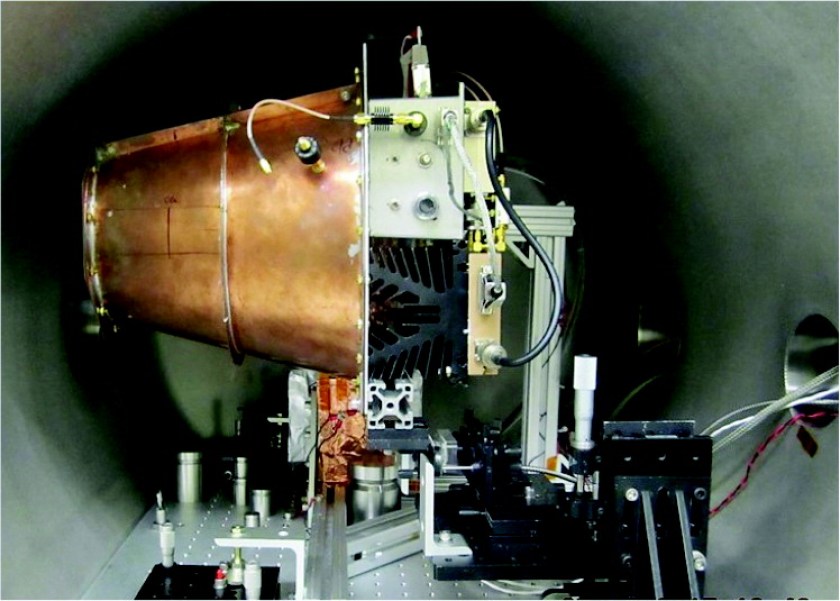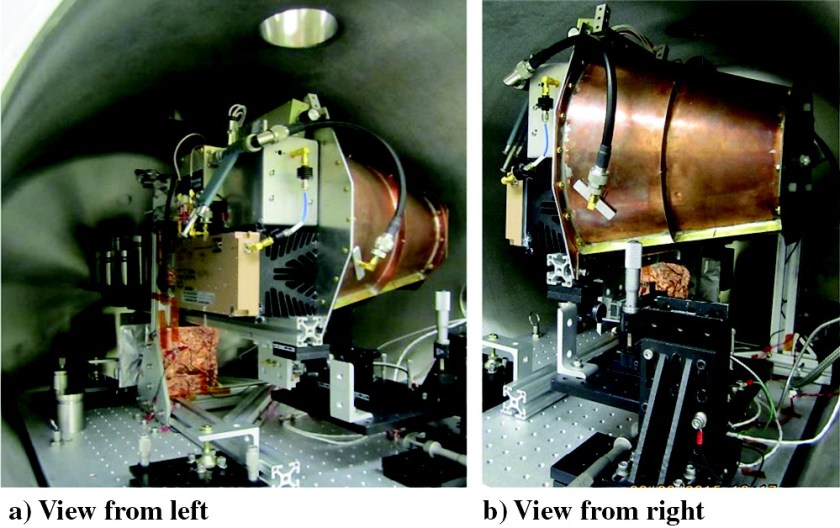
After years of deliberation, NASA scientists have published a study that claims its controversial electromagnetic propulsion system (EmDrive) is possible, despite it defying the known laws of physics.
EmDrive, whose feasibility is hotly contested even after the publication of NASA’s experimental evidence, could theoretically be used to power spacecraft to other planets. Of course, that makes it closer to the engines featured in Star Wars and Star Trek than our models currently used to power rockets.

The team of NASA researchers based at the Johnson Space Center say the engine works by converting electricity into thrust via ricocheting microwaves in a closed, cone-shaped cavity. As particles collide with the walls, they generate propulsion. Conventional rocket engines create thrust via ionized propellant. The paper speculates we could, in theory, cut the time required send a spacecraft to Mars down from a year and a half to just 70 days via the EmDrive.
Many are skeptical about the long-rumored EmDrive engine since it appears to defy physics, or at least what’s known to mankind at this point. Some scientists have dismissed previous iterations of the EmDrive as pseudoscience on this premise alone. In fact, even the paper’s peer reviews acknowledge the lack of understanding behind how the engine actually works.

EmDrive appears to violate Newton’s third law—the one about every action having an equal and opposition force. Rockets demonstrate this law very obviously. As the ionized propellant sprays hot gasses downward, the rocket goes upward. Since EmDrive does not expel anything, physicists are dubious about the reality behind NASA’s tech.
Indeed, it remains unclear how much thrust the engine generates or even how the thrust is generated. One working theory involves “quantum vacuum virtual plasma,” according to National Geographic.
For more information on the theories behind the EmDrive and its controversial history, read the National Geographic article here. You can also read the peer-reviewed paper the researchers published here.
This article was featured in the InsideHook newsletter. Sign up now.
























